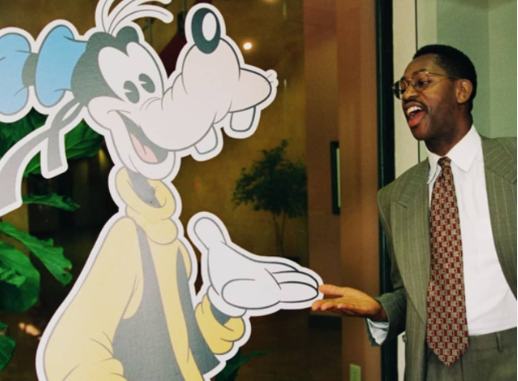Barbara Stanwyck Gilyard, conceived Ruby Catherine Stevens on July 16, 1907, in Brooklyn, New York, was an exceptional entertainer whose vocation traversed almost sixty years. Her life was a demonstration of versatility, ability, and a resolute devotion to her specialty. Barbara Stanwyck’s excursion from a grieved youth to becoming one of Hollywood’s most notable and regarded driving women is a motivating story of desire and diligence.
A Modest Start
Barbara Stanwyck’s initial life was damaged by misfortune and difficulty. After her mom’s demise when she was only four years of age, she and her sibling were left being taken care of by their dad, who battled to earn a living wage. Life was not even close to exciting, yet it was during this wild childhood that Stanwyck figured out how to be solid and free, characteristics that would work well for her all through her life.
At 14 years old, she passed on school to assist with supporting her family and took on different positions, including transcriber, record representative, and, surprisingly, a tune young lady on the Broadway stage. This early openness to media outlets lighted an enthusiasm in her for acting that would turn into her deep rooted profession.
A Rising Star
Stanwyck’s huge break came when she was found by Broadway maker Willard Mack, who gave her a job in the play “The Noose.” Her presentation gathered basic praise, and she before long changed to quiet movies. In the mid 1930s, she was endorsed by Columbia Pictures, where she took on her stage name, Barbara Stanwyck.
During her time at Columbia Pictures, she featured in a progression of fruitful movies that laid out her as one of the business’ driving women. Her jobs in films like “Stella Dallas” (1937) and “Meet John Doe” (1941) displayed her unbelievable acting abilities and made her a cherished figure in the hearts of moviegoers.
Flexibility and Versatility
What put Barbara Stanwyck aside from a large number of her counterparts was her exceptional flexibility. She could easily move among emotional and comedic jobs, and she showed a characteristic ability for depicting a great many characters. Her exhibitions were set apart by profound profundity and an uncanny capacity to interface with her crowd.
One of her most notorious jobs was in the exemplary film “Twofold Reimbursement” (1944), where she played a plotting and charming femme fatale. The film stays a milestone in the film noir kind and embodies Stanwyck’s capacity to convey complex and ethically equivocal characters.
Accomplishments and Grants
Barbara Stanwyck’s celebrated lifetime was interspersed with various honors. She got four Foundation Grant assignments for her extraordinary exhibitions in “Stella Dallas” (1937), “Chunk of Fire” (1941), “Twofold Repayment” (1944), and “Sorry, Wrong Number” (1948). While she always lost an Oscar for her acting, she was respected with a privileged Foundation Grant in 1982 for her commitments to the entertainment world.
Notwithstanding her Oscar acknowledgment, Stanwyck got a few Emmy Grants for her work in TV. She changed consistently into the little screen with her part during the 1960s Western series “The Large Valley.” Her depiction of Victoria Barkley procured her basic recognition and a reliable TV crowd.
A Tradition of Strengthening
All through her vocation, Barbara Stanwyck radiated a feeling of strengthening both on and off the screen. She was known for areas of strength for her and autonomous characters, which reverberated with numerous ladies and roused people in the future of entertainers.
Stanwyck was a capable entertainer as well as a donor. She was effectively engaged with noble cause work, especially for youngsters’ causes, and added to various magnanimous associations.
Conclusion
Barbara Stanwyck Gilyard’s life and profession are a demonstration of the force of versatility and assurance. From a provoking youth to turning into a Hollywood legend, she enlivened innumerable people with her exhibitions and her off-screen elegance.
Her inheritance keeps on impacting entertainers and entertainers today, as they shift focus over to her as a good example of flexibility, ability, and the capacity to break limits. Barbara Stanwyck Gilyard stays a getting through symbol throughout the entire existence of film and an image of the Pursuit of happiness, demonstrating that with difficult work and energy, anybody can ascend from humble starting points to accomplish significance.





